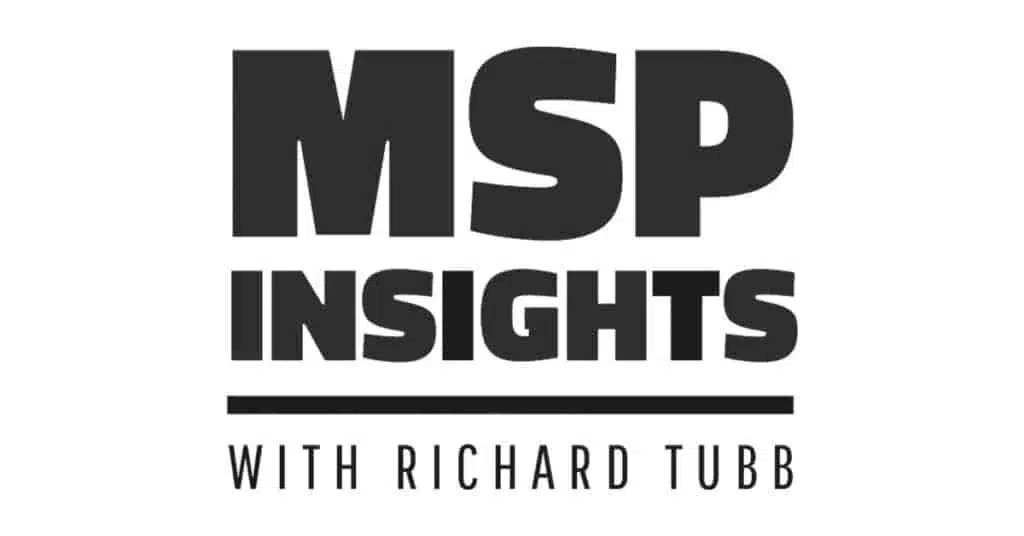Listen to a recording of this presentation delivered at the WordPress Birmingham (UK) Meetup on 13th August 2014.
 The blog hosting platform WordPress can be a superb tool for building a high traffic blog with thousands of readers every month. But used the wrong way, WordPress can suck up your time and be more trouble than it’s worth.
The blog hosting platform WordPress can be a superb tool for building a high traffic blog with thousands of readers every month. But used the wrong way, WordPress can suck up your time and be more trouble than it’s worth.
This blog is hosted using WordPress and I’ve spent months learning the hard way how to build an audience. At the time of writing this blog is averaging around 30,000 hits per month. There are certainly much higher traffic blogs out there, but for the niche audience this blog is aimed at – IT Consultants and IT business owners – it’s definitely above the average.
I want to be up-front and honest in saying that I’m no WordPress expert. I stick to what I feel I’m good at – producing content – and work with a WordPress guru who does all the design, scripting and other technical stuff that makes this site tick. But I have learned an awful lot as a blogger using the WordPress platform, and so in this blog post, I want to help you avoid some of the pitfalls that can undermine your success.
My goal is to save you from the painful process of learning by trial and error on how to build a really successful blog for your own business or consultancy.
Choose the plug-ins you use wisely

WordPress is an incredibly powerful platform. It’s very customisable, even for relative non-techies like myself. There are thousands of 3rd party plugins – many of them free. In fact, that’s probably the greatest weakness of WordPress too. Faced with so many options for extending WordPress through plug-ins, there’s a tendency to try to get WordPress to do everything for you. But while plug-ins can add functionality, they can also impact your website performance – sometimes significantly.
When I first moved to WordPress my website took around 7 seconds to load (you can check your own webpage load time at tools.pingdom.com) mostly due to a large number of plug-ins I decided to use. Now, however good your content is, most people will get bored after 7 seconds and wander off to the next website!
Therefore, if there’s one thing I want you to take away from this blog post it is this – choose the plug-ins you use wisely!
With that in mind, here are my 3 rules for choosing plug-ins.
- Try to use no more than 15-20 plug-ins at a time.
- Only choose plug-ins that provide the necessary functionality.
- Only use plug-ins that are regularly updated.
If you use a plug-in that is 3 months or older, then the chances are that the developer has given up supporting the plug-in and so you might consider seeking out an alternative. Old plug-ins can hinder performance and open up security holes, and so I use ManageWP to ensure I keep my plug-ins (and WordPress themes) up to date.
Consider using a CDN
 Wikipedia states that “A Content Delivery Network is a large distributed system of servers deployed in multiple data centres across the Internet. The goal of a CDN is to serve content to end-users with high availability and high performance.”
Wikipedia states that “A Content Delivery Network is a large distributed system of servers deployed in multiple data centres across the Internet. The goal of a CDN is to serve content to end-users with high availability and high performance.”
Sounds impressive (and expensive!) doesn’t it! You probably assume – as I did – that a CDN is overkill and an unnecessary cost for all but the biggest of blogs or websites, right?
You’d think that but I did some research and found that I could subscribe to MaxCDN – which could easily handle high traffic blog – for just $68 a year. The other benefit was that my blog is accessed by visitors from all across the world – all of who would now be served content by a server local to them.
Implementing MaxCDN took less than an hour – even for a non-techie like me. Most of the configuration was achieved through the W3 Total Cache plug-in that I already used to speed up my site (remember, choose the plug-ins you use wisely!) and MaxCDN Technical support was superb with any queries I had.
Implementing a CDN had a dramatic effect on my page load time, going for 6-7 seconds down to 2-3 seconds. For $68 a year, that’s very impressive!
Use the right web host

However fast you make your site, there’s no getting away from using a decent web host, and for years I struggled to find one that could cope with a high traffic blog. In my experience, most web hosts provide a good shared server service for your average low-traffic website – but even when my site was only getting low volumes of traffic, thanks to tools like Monitis I saw that I was experiencing lots of minor outages of 5-20 minutes every day each month.
It’s very, very difficult to build an audience if visitors are hitting webpage load errors.
One choice for a growing blog or website is to move to a dedicated server, but that can be expensive.
In the end, uber-blogger Chris Brogan (who certainly knows a thing or two about high traffic blogs) recommended I try Synthesis, a hosting provider who specialises in WordPress. The cost of hosting with Synthesis is around $80 a quarter, so a little more expensive than many cheap hosts you might find but I do get some genuinely invaluable expertise in WordPress from Synthesis support. For instance, a lot of what I’ve shared about plug-ins in this blog has been learned from my interactions with Synthesis support.
 Since I’ve moved to Synthesis, my webpage load time has decreased to around 773ms (0r 0.7 seconds).
Since I’ve moved to Synthesis, my webpage load time has decreased to around 773ms (0r 0.7 seconds).
That’s fast!
When choosing your own web-host, why not check out Mark Berka’s great comparison website Berkaweb. Mark has guides to the best budget web hosts and hosts with the cheapest annual plans.
How to build traffic
So, by implementing a CDN (such as MaxCDN) by using a good web host (such as Synthesis) and by remembering to choose the plug-ins you use wisely, you can drastically increase your page load time.
But a fast loading website is only the foundation. You need to have good content, but equally as important as great content is the fact that you need to promote the content you produce.
Here are my 3 tips for generating traffic for your blog or website.
- Use Social Media to promote your content. Share on Twitter, Facebook, LinkedIn, Pinterest and Google+ at times when your audience will be most likely to read. Don’t be afraid to share more than once on Twitter, for instance, to catch audiences in different time zones – but do so in a non-spammy way (i.e. mix the messages, don’t just keep Tweeting the same thing).
- Become active in the communities that are likely to want to read your content – but don’t pimp your content there. Join in conversations, add value and be helpful. Don’t be “that guy” who only ever posts to online forums when he wants people to read his stuff. If you add value to conversations, people will seek out your content naturally.
- Be responsive. If somebody leaves a comment on your blog, thank them and respond to it. If somebody Tweets you, Tweet them back. People want to be acknowledged and doing so builds raving fans who will love and share your content with others.
How to build a high traffic blog on WordPress
I’m no WordPress technical expert and I don’t pretend to be, but I have learned the hard way the steps you need to take to ensure you build a high traffic blog which can cope with an above the average number of visitors.
If you have any ambitions to build a high traffic blog, ensure you choose your web host well, as cost-effective shared hosting with the right provider can help you avoid hard-to-notice intermittent outages and slow page load times.
For any blog (whether a high traffic blog or not) consider implementing a Content Delivery Network (CDN) as CDN’s are definitely not the sole privilege of mega-websites and high-end blogs.
When building a high traffic blog, don’t just produce content and expect your audience to find it. Seek them out. Engage with them. Promote your content frequently to enable others to find it – but make sure to do so in a non-spammy way.
Importantly, remember that while WordPress is highly customisable and extendable, plug-ins can make or break your site and can kill a high traffic blog. Remember to choose your plug-ins wisely!














Comments
2 thoughts on How to build a high traffic blog on WordPress
KATHY JOHNSON
8TH APRIL 2017 11:18:05
Hi, I recently had the good fortune of reading your post regarding “How to build a high traffic blog on WordPress”. It is perfectly written and, contained sound, practical advice with valid facts and figures. I look forward to reading your next informative write-up. Thank you
RICHARD TUBB
13TH APRIL 2017 08:30:19
Kathy -- thanks for the kind feedback!